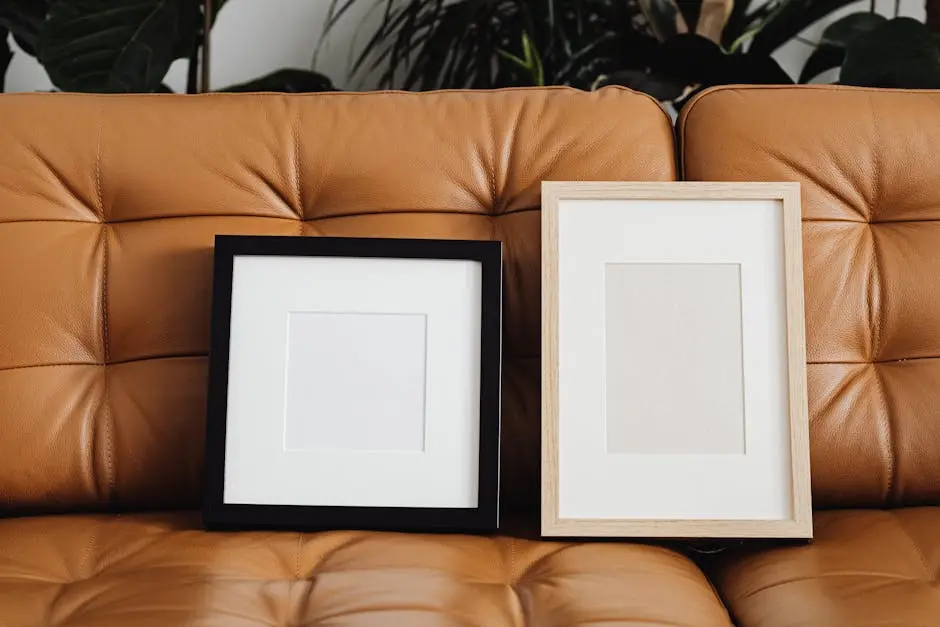Displaying unique paintings in your home is an art in itself. Whether you’re a seasoned art collector or new to the world of home decor, finding creative ways to showcase your artwork can enhance your space and highlight the individuality of each piece. In this guide, we’ll explore various inspired methods to display these unique paintings, ensuring your home flows with personality and style.
1. Creating a Gallery Wall
A gallery wall is a perfect way to display a collection of paintings, offering a mosaic of your unique style. Start by choosing a wall that acts as a focal point in your room, and arrange your paintings in a cohesive layout that tells a story or evokes a theme. Use patterns and grids to guide your arrangement, either creating a structured, geometric alignment or a more organic and free-flowing design. It’s crucial to mix different art styles and sizes to add an intriguing complexity to your wall. Consider using prints, photographs, and decorative elements like mirrors to break the monotony and add layers to your gallery wall.
2. Using Picture Ledges for Versatility
Picture ledges offer a flexible way to display paintings, allowing you to easily change up your arrangement. They provide a layered look, where paintings can be overlapped or paired with books and small sculptures for added depth. The adaptability of picture ledges means you can quickly swap out artwork to match the changing seasons or your evolving tastes. Combine different sizes and shapes of frames on the same ledge to create a dynamic, visually interesting arrangement that catches the eye from various angles. Don’t forget to explore placement and height to maximize the visibility of each piece, ensuring your display captivates attention effortlessly.
3. Highlighting with Accent Lighting
Accent lighting can dramatically enhance the allure of your paintings. Using track lighting or individual spotlights, you can draw attention to specific pieces, bringing out their colors and textures, and setting the desired mood in your space. Lighting can transform the ambiance of a room, making your artwork the main attraction. Experiment with light positioning and bulb types to see how they change the appearance of different pieces. For instance, LED lights are excellent for showcasing art as they emit little heat and can be adjusted for color tone, ensuring your unique paintings are always shown in the best light possible.
4. Incorporating Art into Everyday Spaces
Don’t restrict your art to formal rooms; incorporate paintings into unexpected areas like the kitchen or bathroom. This approach not only beautifies everyday spaces but also brings unique charm and surprise to ordinary moments. Think about placing smaller, whimsical art pieces in these areas—like a colorful abstract over the sink or a calming landscape next to the bathtub—to create focal points that add personal touch and warmth. Art in these spaces can evoke an emotional response and even inspire creative thinking during daily routines, making your entire home a canvas of vibrant expressions and reflective moods.
Consider integrating art into transitional spaces such as hallways and staircases, which often get overlooked but can serve as perfect backdrops for artwork. These areas offer a wonderful opportunity to create a visual journey through your home with storytelling through art, allowing visitors to engage with each piece as they move from room to room, thus enhancing both aesthetic appeal and narrative flow.


